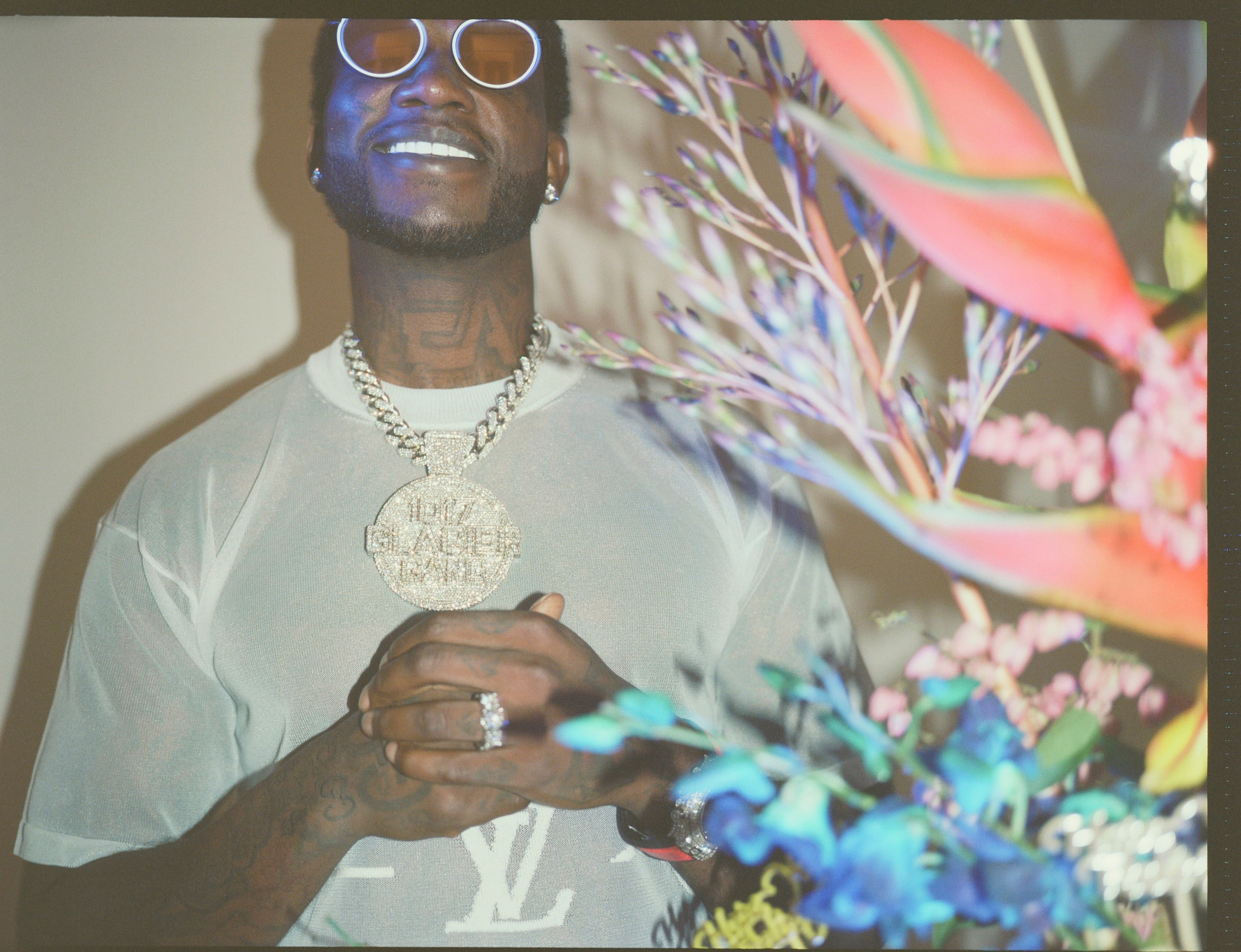STERLING RUBY @ ICA Miami

Earlier this month, the first comprehensive museum survey of artist Sterling Ruby opened at the ICA Miami. Co-curated by the institution’s artistic director Alex Gartenfeld and Eva Respini, chief curator at the ICA/Boston, where the show will travel next year, the exhibition features more than 100 artworks displayed over two floors – the most space the museum has devoted to a single artist since opening its doors in 2014. The Los Angeles-based Ruby has featured in 032c several times in the past decade, as interviewee, contributor, and sounding board. In Miami, he continues ongoing inquiries into the role of the “artist as outsider,” the historical systems and traditions that complicate and underpin American culture, and the nature of contemporary artistic practice itself. After the opening, Gartenfeld reflected on the context, intention, and impact of the ambitious Sterling Ruby, on view until February 2, 2020.




This is the first exhibition of Ruby’s work of this scale. What makes it urgent or an important time to do this now? Vis à vis Ruby’s career? In terms of what it shows about cultural production today?
For close to two decades, Sterling Ruby has been among the most dynamic and prolific of artists, and has time and again sought to redefine what it means to be an artist. Yet he has never had an exhibition of this kind that seeks to connect the various strands of his multidisciplinary production. At the same time, Sterling’s work connects deeply to narratives of American freedom. His exploration of the outsider role of the artist—specifically through his references to craft traditions, as well as his investigations of solitary confinement and the American prison system—are remarkably timely.
You mention in the exhibition press release that elements of Ruby’s prolific career that have not previously been explored are given more attention at the ICA – which aspects are those?
The presentation at ICA Miami looks at the artist’s early and transitional works, many of which see the artist experimenting through unique sculptural installations. Through Sterling’s early works with fabric—the Soft Vortexes or Leatherettes, for instance, which have never been exhibited before—we see how his “soft” sculptures relate to issues of gender and class. With works such This Generation and Disintegrating Identities, each of which combines a number of the artist’s signature motifs into one seemingly inhabitable sculpture, we see how the notion of transience and performance influence Sterling’s approach to form.
Ruby recently launched a fashion line, crystallizing an interest that had been explored in his practice indirectly for some time. What do you make of the recent phenomenon of museums and arts institutions featuring fashion as a medium treated in the same vein as installation, even performance? Is this phenomenon demonstrative of an ostensible “flattening” of creative production today?
All successful art must communicate, in unique form, the challenges of our time and the limitation of previous models to address them. I am not sure what you mean by “flattening” in this context. Perhaps I could cite an important reference for Sterling, which is the Bauhaus: the early 20th century movement inspired by the political and social consequence of interdisciplinary thinking—including fashion. This movement did not suggest the diminishment of skills or expertise, but rather the unleashing of them to create new models for creativity.
That said, as an institution, we are in fact looking at the distinct position of contemporary art to address cultural and social issues. That is why, for instance, we launched ICA Miami’s design exhibition series – beginning with Ettore Sottsass and the Social Factory this past spring – which insists that the critical armatures of art might uniquely bring new light to other disciplines.




This show is also exceptional in how much space it occupies within the museum. How does this exhibition fit into your curatorial vision for the ICA program or institutional mission?
ICA Miami is committed to presenting artists at the forefront of global artistic production. In the case of Sterling Ruby, we wanted to explore the artist’s practice more comprehensively than any museum project for the artist has in the past. Devoting two full floors to the exhibition enabled us to this.
Can you describe the collaborative process of working with Ruby on this exhibition?
Sterling and I have collaborated previously three times, and he worked with my co-curator, Eva Respini, when she was at the MoMA. Sterling is incredibly collaborative and generous, so we discussed our mutual objectives for the exhibition and how to achieve them. Part of Sterling’s unique proficiency as an artist is also to command an incredible team, which is led by studio director Tyler Britt, and his management of various roles is fascinating. It also goes without saying that this artist in particular has a truly accomplished design sense.
The ICA has grown and evolved a lot since you joined the organization. How will you continue to push that evolution? Can you share something about your vision of the future not just of the ICA, but of similar institutions and how they will or must change going forward?
I was the founding director of the organization in 2014, and I am proud of what our team and our community have accomplished together as we reach the milestone of our fifth year. Our goal is, through the exchange of art and ideas, to impact both our local cultural infrastructure and global conversations. Measures of this success have been varied and profound. Recently, we announced over 100 new acquisitions that have joined the collection, including many major commissions initiated by the museum, which greatly diversify its holdings. Crucial also to this mission has been the expansion of ICA Miami’s Art + Research Center, our research department and graduate-level initiative dedicated to advancing critical cultural dialogue through intensive workshops and publishing.








